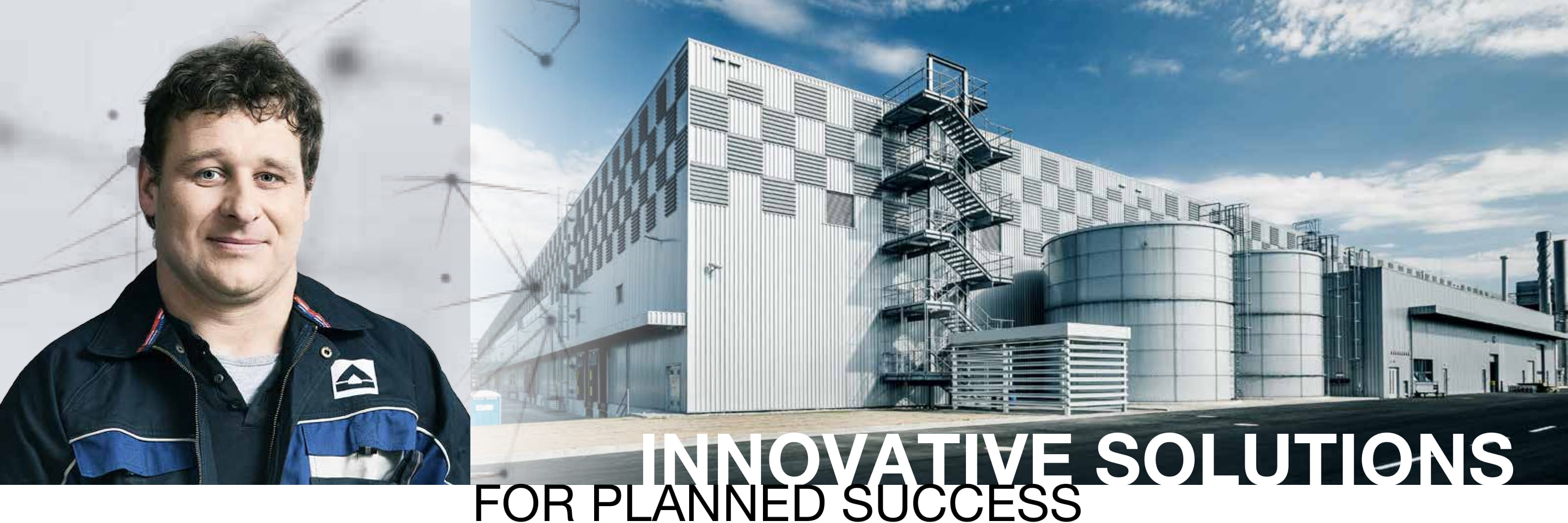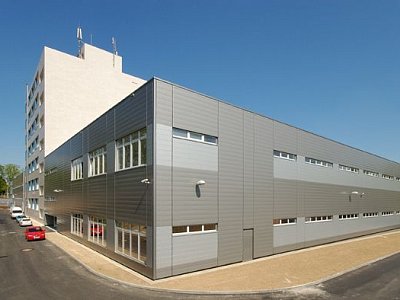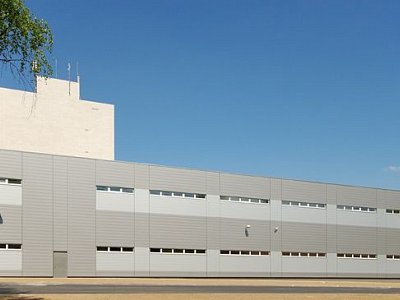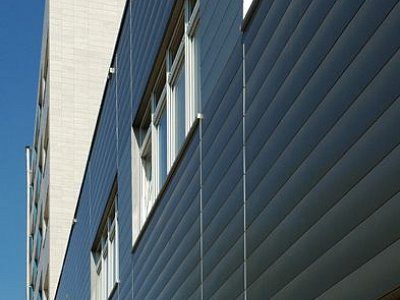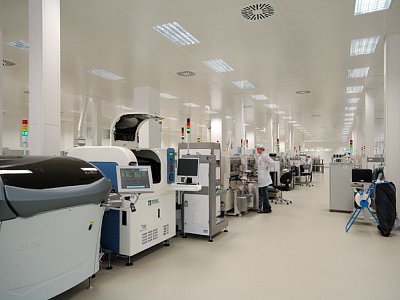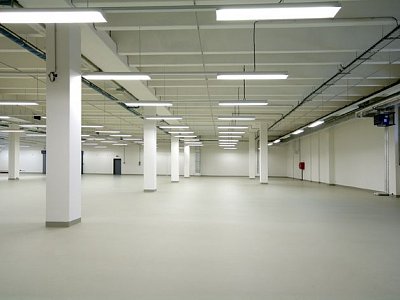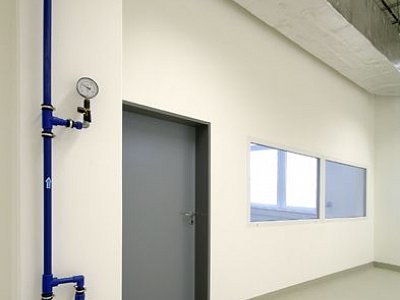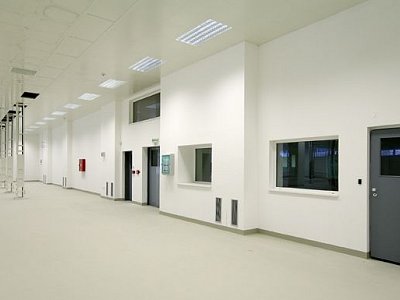Votice, Strom Telecom Factory Building
A new factory building is being erected in Votice for STROM Telecom, the developer. The main aim of the construction is to build a production hall and dispatch area on the ground floor, as well as a main store that is to be situated upstairs above the production hall.
Information:
| Location: | Votice |
|---|---|
| Investor: | Strom Telecom |
| Realization: | HOCHTIEF VSB division 8 |
| Type: | New hall |
| Construction time: | 09/2005 - 12/2005 |
| Main indicators: | |
| Description: | The key objective is to concentrate the production of electronic parts and related activities, moving them from the inconvenient location that exists at present into a new purpose-built site that will meet all requirements, including quality and quantity. The possibility of extending production further in the future has also been taken into account. The items manufactured cover a breadth of unusual electronic and electrical components. Available in ranges, varying from small to medium in volume, these devices are customised to meet the requirements of clients and are used in a variety of applications - telecommunications, IT, and monitoring equipment and systems. In addition, the production line manufactures items for the car industry, acoustic engineering, etc., and is responsible for assembly, product completion, activation and function testing. The building site is on Klášterní Street in Votice, where the STROM Telecom company premises are based. The new construction will sit alongside an existing building of some height, to the north of which is a factory hall. Utility lines have been put in place beneath the factory building, which include a reconstructed sewage and waste-water disposal system that served the taller structure, and relocated low-voltage power lines. Due to the location of the construction site, it is necessary to shift the present power cables carrying high current, used by the existing structures, and build a new transformer station with a high voltage connection. The building has been designed as a two-storey structure, with a ground plan adapted to meet the demands of the situation. Corridors and other public spaces have been installed at the same level as that of the projected dispatch store and assembly hall. As far as size and volume are concerned, the two-storey structure fits into the immediate environment perfectly. The natural environment – the existing trees and shrubs - will also be unaffected by the construction. In any case, the utmost care has been taken to unite the appearance and look of the new structure with that of those already in place. Building work is situated on previously undeveloped land within the area held by the company. The new construction will be integrated with the existing estate and annexed to the south-eastern face of the present multi-storey building. A non-linear prism shape that makes up the assembly and store halls forms the principal section of the designed building. In order to ensure its future functionality and to be compatible with advances in technology, a minimum number of pillars have been proposed and the span of the superstructure maximised. Similarly, the architectural concept stems from the need to allow for changes in the internal layout. Therefore, ribbon windows with piers between them have been discussed. The gradual unification of the estate visually and in general is ensured. Ribbon windows differentiate in height according to the purpose of the interior space, be it an assembly hall, administrative department, or store. A compound coating is planned to adorn the façade. Mixed colours are to be created by using metallised layers, lending it a superior architectural design. The intended building will have three storeys covered with flat roofs and no basement. The ground floor – the first storey with the main entrance - and second floor – the third and top storey - will take up the entire ground plan of the proposed annex. The first floor, an entresol (or mezzanine floor), will only occupy part of the eventual floor plan. The proposed annex’s first floor ground plan will largely be made up of an electronics production hall with related rooms – an office, temporary production store, low-voltage electricity distribution room, compressor room, communal room and related connecting spaces. Another part of the first storey of the annex will be created by a temporary dispatch area and pertaining rooms – an office, reception and dispatch section, and connecting spaces. Changing rooms, hygiene facilities and laundry store for the production building annex will be located on the first storey of the existing multi-storey building. The entresol will house rooms related to the operation of the production hall, including a technical utility room, archive, ventilation plant room, meeting and administrative rooms, eventually to be followed by a store room and appropriate connecting and sanitation rooms. On the second storey of the proposed annex, the main raw material store and store for packaging and waste will form the major part of the ground plan. In addition, three offices and appropriate access and sanitation spaces will be placed there. An existing stairwell, in the present neighbouring multi-storey building, will facilitate vertical access in the proposed annex, and stairs linking all storeys of the annex are to be built. The annex will also house a lift connecting all floors. To allow raw materials and manufactured components to be moved, a KARDEX freight elevator with a carrying capacity of 60,000kg will be added. Entrances to the annex are on the ground floor, accessible via the north-eastern and south-western exterior walls. The fundamental load-bearing structure has been designed as non-flammable skeleton of reinforced concrete combined with a brick lining. Horizontal bearing frames are formed by ‘TT’ ceiling panels of reinforced concrete and, where the span is reduced, by SPIROLL reinforced concrete ceiling panels. The roof is made of Sika foil roofing bedded on thermal insulation that uses mineral fibres. The intention is to install plastic windows, wooden interior doors and metal gates. Floors will mainly be of industrial concrete, with some in selected areas having an anti-static coating. Connecting spaces, sanitary rooms, changing and public rooms will have ceramic tile flooring. In spaces requiring greater cleanliness standards, ceilings are to be fitted with metal lights and specially sealed as is required for clean rooms. The eventual construction will comprise a two-storey three-nave hall and a single-storey two-nave hall. Internal spaces are to be built within the two-storey hall. The halls are going to be based on heavy skeletons placed upon large-diameter bored piles. The feet of pillars will be attached to mountings at the tops of these piles. The pillars are to be furnished with short brackets for fixing girders. Reinforced concrete columns that are already in place in the tallest building will be put to use for the new frame of the hall, supplemented by steel frames that work in a load-bearing capacity for this tall building. The two-nave single-storey hall will consist of prefabricated reinforced concrete columns and girders, which are shaped with an upside down ‘T’ profile and are fitted with cogs. A monolithic reinforcing and balancing membrane of reinforced concrete is to be applied to the upper face of the ceiling panels of both halls. A system of external cladding is planned with a compound coating of PFLAUM exposed layers. Load-bearing structural walls are founded on reinforced concrete slabs embedded on the top of piles. |
